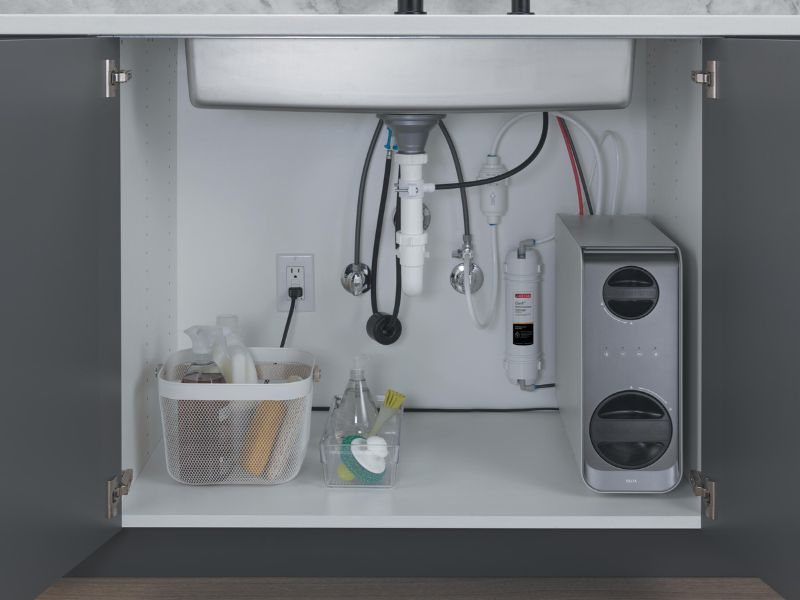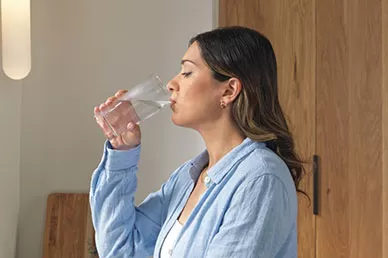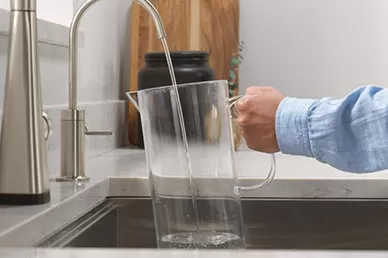Disinfection Byproducts
Chemicals that form unintentionally when disinfectants react with organic or inorganic matter in water.
Microorganism
An organism of microscopic size (i.e. bacteria, viruses, and cysts) that can enter water sources through poorly built and maintained wells, fecal matter, and pipe breakage.
Inorganic Chemical
Generally defined as substances that do not contain carbon. They contaminate water through natural sources or human activities like industrial waste, agricultural runoff, and untreated sewage.
Organic Chemical
Carbon-based substances that enter our water sources through improper waste disposal, accidental spills, and agricultural runoff. Volatile organic compounds (VOCs) are part of this contaminant category.
Secondary / Aesthetic
(Secondary) drinking water standards addressing substances that affect water's taste, odor, or appearance.
Disinfectant
Commonly chlorine or chloramine, these additives are used during water treatment to kill bacteria and viruses.
PFAS
Also known as “forever chemicals”, these synthetic chemicals don’t easily break down in the environment and are used in many consumer, commercial, and industrial products.
Radionuclides
Contaminants that can emit radiation. They enter water from natural deposits in the earth’s crust or from human activities like mining and oil drilling.































